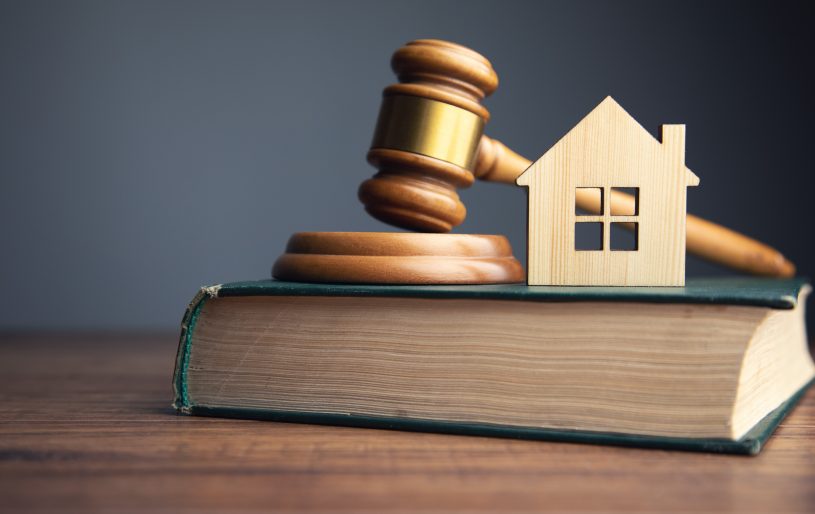Updates to the Residential Tenancies Act (RTA) are coming September 1, 2021, and Ontario landlords are advised to take note. The controversial Bill 184 — Protecting Tenants and Strengthening Community Housing Act, 2020 — came into effect in July 2020 to “modernize and streamline” the dispute resolution processes at the Landlord and Tenant Board (LTB) and keep vulnerable tenants in their homes during the pandemic. While some key changes were implemented last year, others will come into effect next month.
“Overall, the new RTA provisions will be helpful for small landlords when it comes to recoveries of utilities and financial losses,” observes Joe Hoffer of Cohen Highley LLP. “However, there is balance for tenants because remedies against non-compliant landlords have been greatly expanded.”
One significant change Hoffer points to is the ability for landlords to apply at the LTB for a judgment for arrears of rent owed by a former tenant up to one year after the tenant vacates the rental unit. Currently, an application of this type can only be made by way of Small Claims Court. “Landlords who wait until after September 1st to file for judgment can apply to the LTB,” Hoffer says, calling it “a less costly and more expeditious venue” in which to obtain the judgment.
New forms
Effective September 1, landlords will have just 30 days to integrate all new forms, including the L2 application needed to terminate a tenancy or evict a tenant. Hoffer urges landlords to make note of this important date to ensure the forms are fully operational by October 1.
“If a landlord were to apply for termination and eviction using the current L2 after October 1st, it’s possible the case would be thrown out,” he says. “L2s are of particular concern because the form is required when evicting a tenant for reasons beyond landlord’s own use, including conduct-based grounds like interference, illegal acts, impaired safety, and persistent late payment of rent.”
Additional requirements
As for N12s and N13s, applications to terminate for own use or repairs/renovations, soon the forms will come with additional requirements that landlords should be aware of.
“Beginning in September, applications must be submitted along with a statement by the landlord as to whether they have served any other N12 or N13 on any tenant with respect to any rental unit in their portfolio throughout the last two years,” Hoffer warns. “If the answer is yes, further details will need to be given—like dates, addresses, and tenant names, otherwise the application will be refused by the LTB.”
Hoffer says the Board may consider a landlord’s previous use of such notices in securing vacant possession. “It is our view that LTB members will by default infer a lack of bad faith in the issuance of such forms if the landlord is a frequent user of them and will therefore dismiss the application,” he says. “As such, landlords with applications going to the LTB based on the issuance of N12s and N13s should prepare a full disclosure of their use, and evidence of the good faith rationale for same. If the landlord can’t provide a justifiable rationale and evidence of good faith, there is a higher risk that the application will be dismissed.”
Recovering financial losses: the new L10
Landlords seeking to recover financial losses from former tenants, including losses from rent arrears, unpaid utilities, damage to the rental unit, or financial loss resulting from tenant conduct, will be able to do so via the “L10” form. However, unlike most applications at the LTB, the landlord rather than the Board will be required to serve it.
Furthermore, Hoffer notes that given the precise conditions won’t be known until the form is released in September, landlords should retain records from rental applications and make every effort to secure forwarding addresses and email addresses of former tenants for the purpose of meeting the potentially difficult service requirements.
“With these changes to the Residential Tenancies Act fast-approaching, knowing what’s ahead will only help prudent landlords hit the ground running,” he says. “Be sure that all the changes are integrated into your operations by October 1, 2021, for best outcomes.”
For more information, visit: LTB | Backgrounder: Upcoming Amendments to the Residential Tenancies Act (tribunalsontario.ca)






